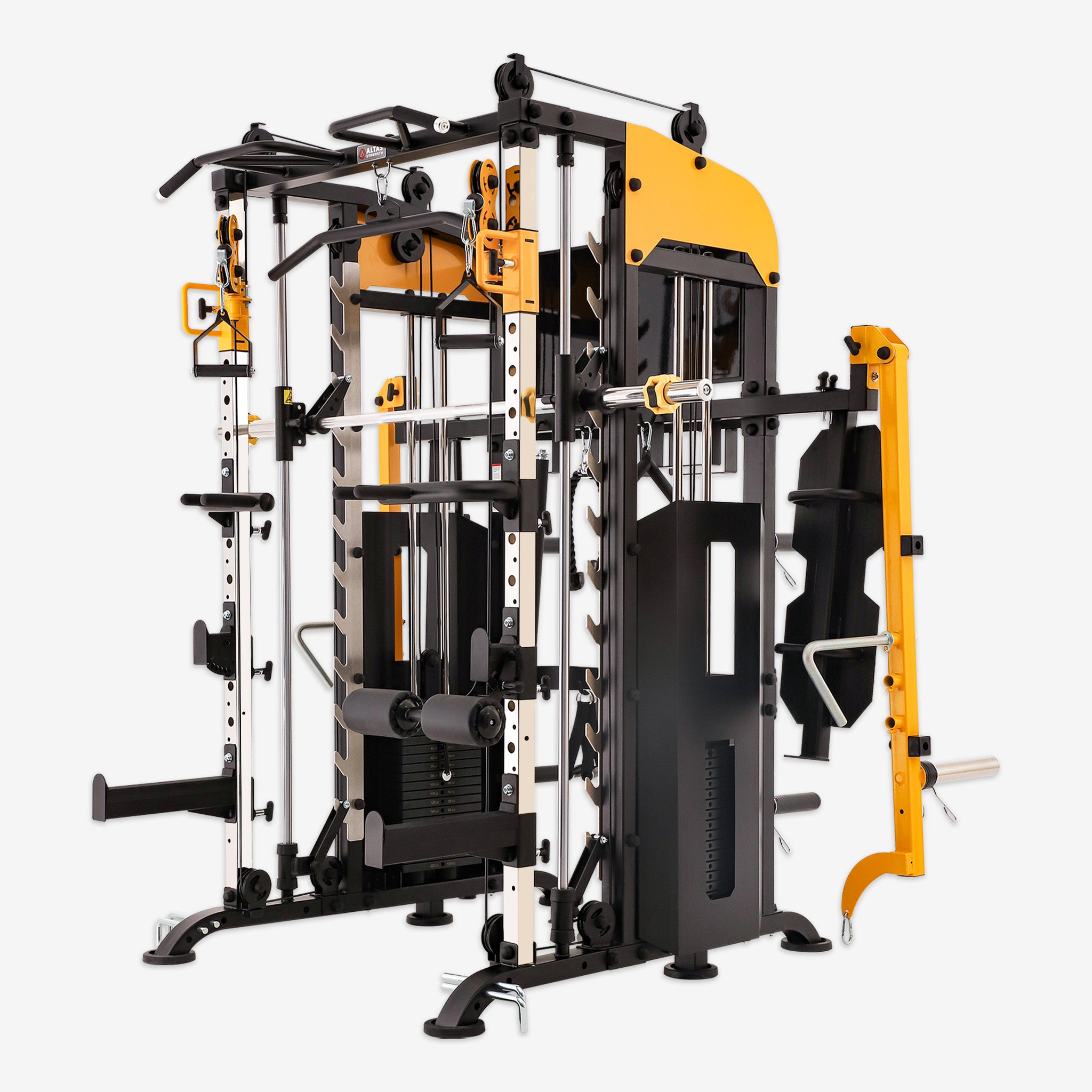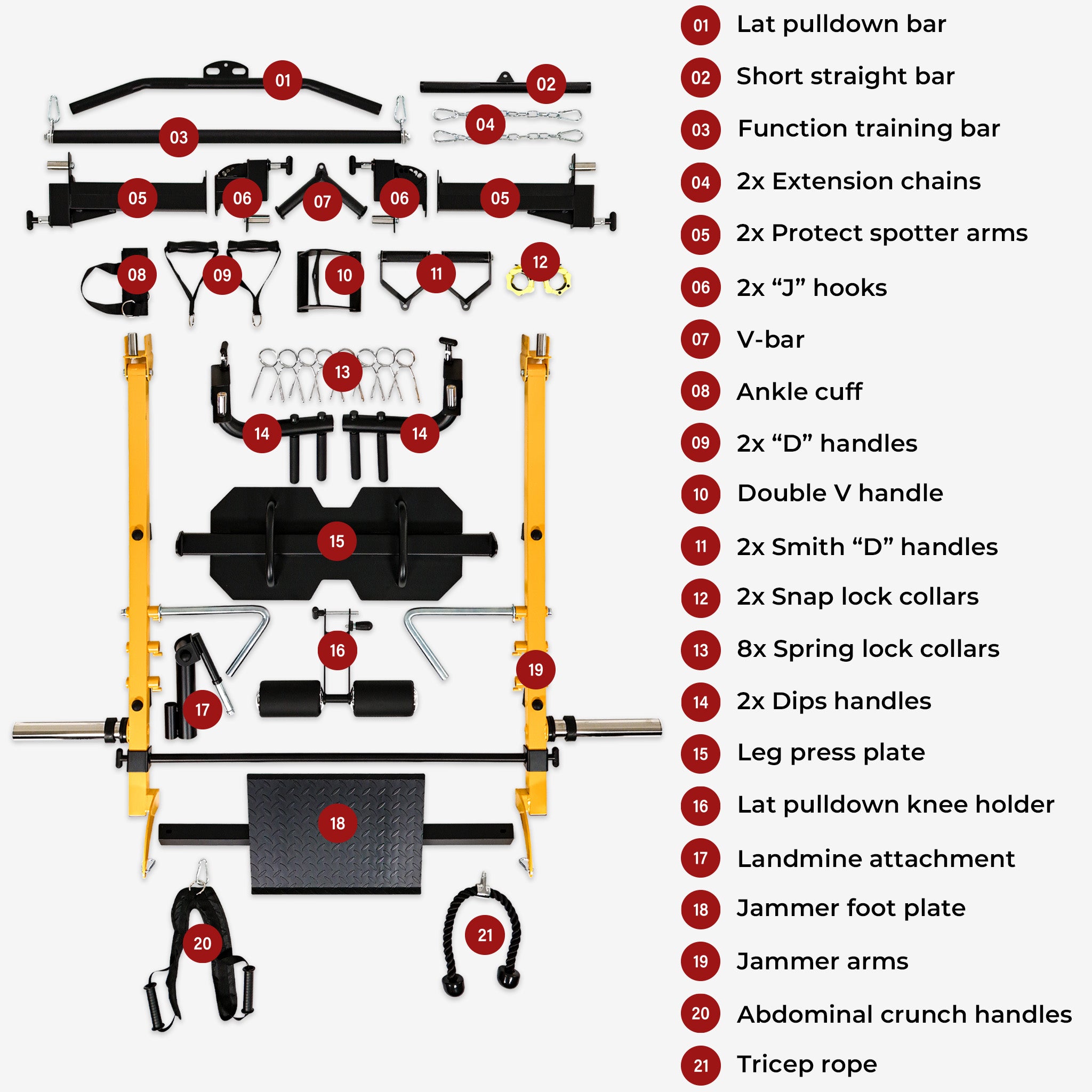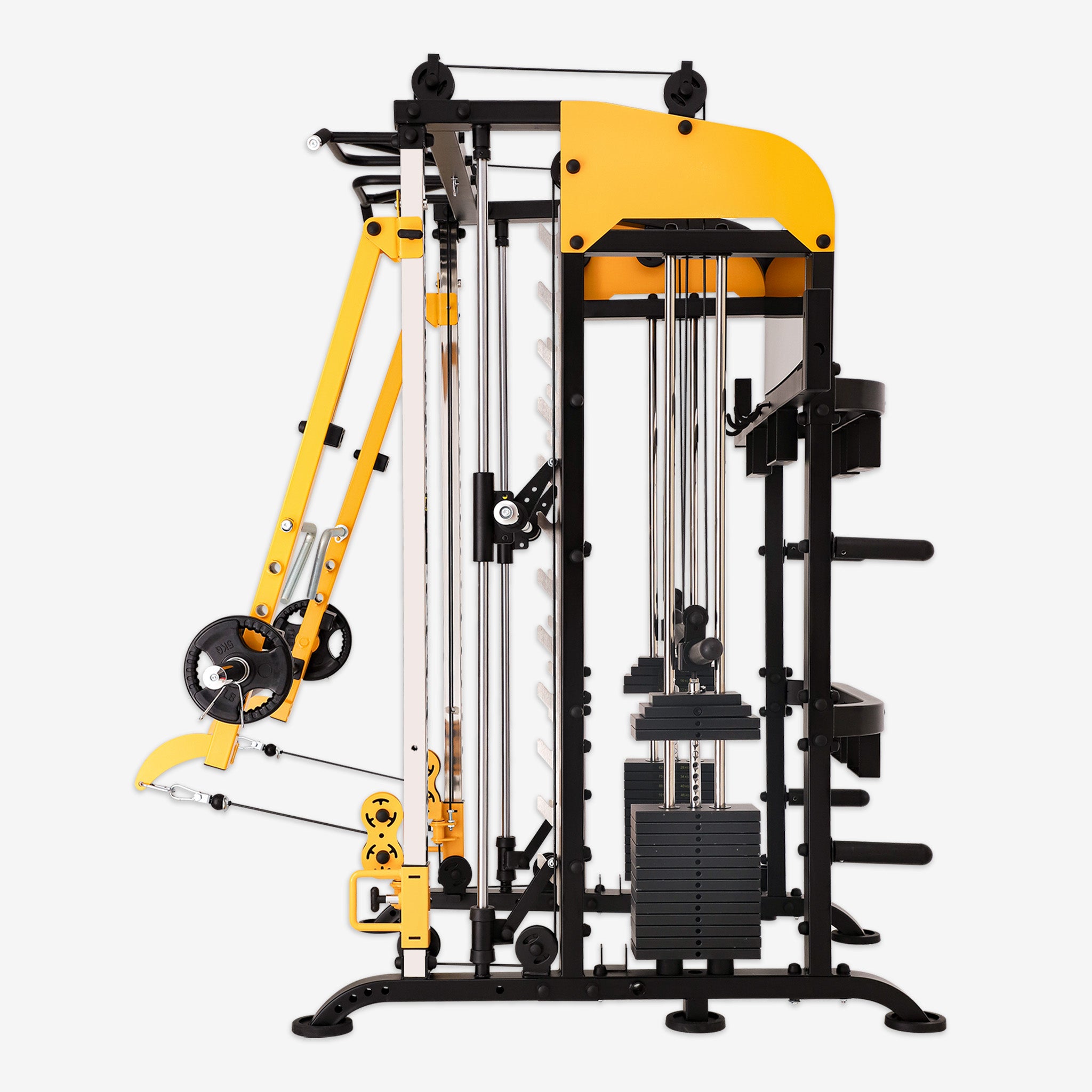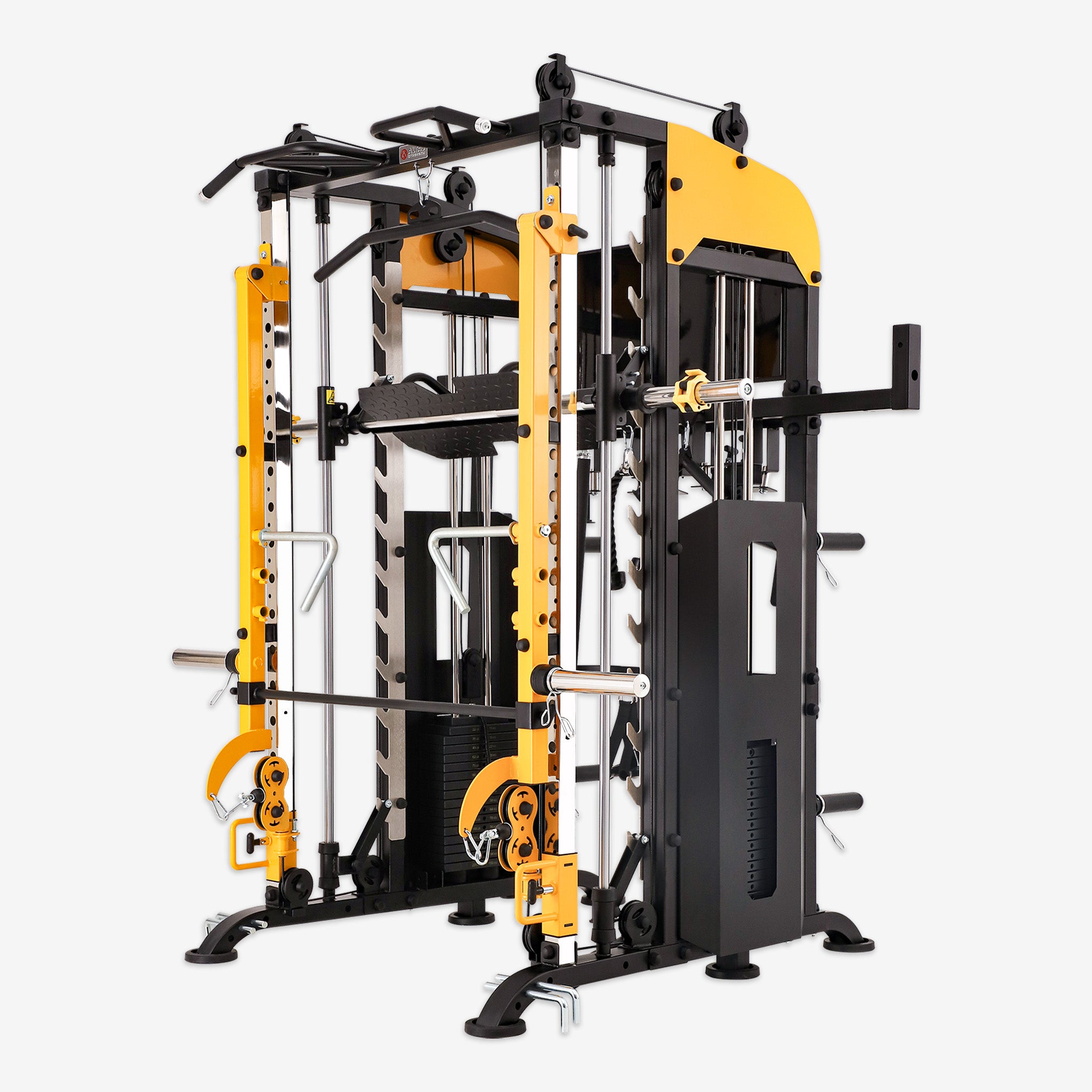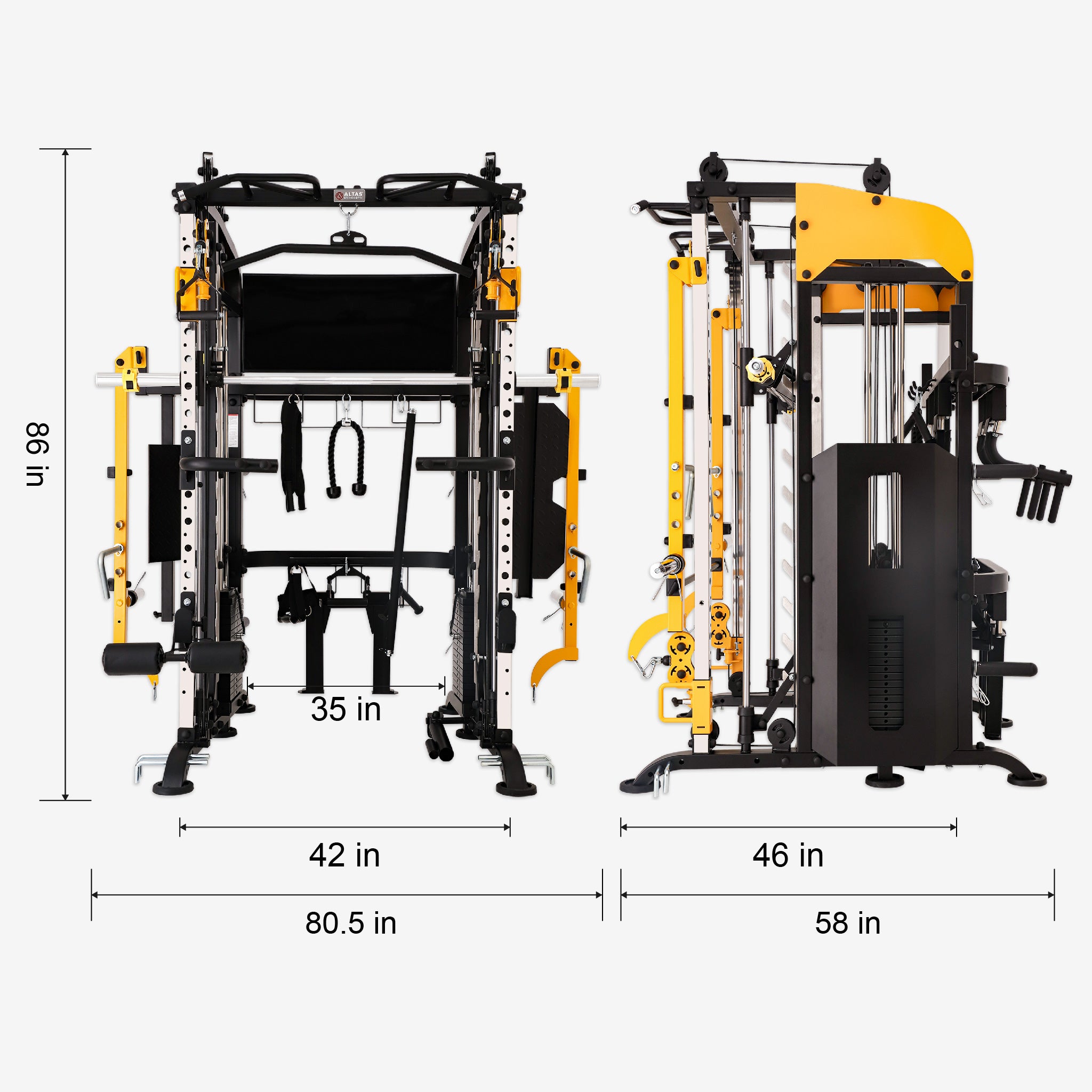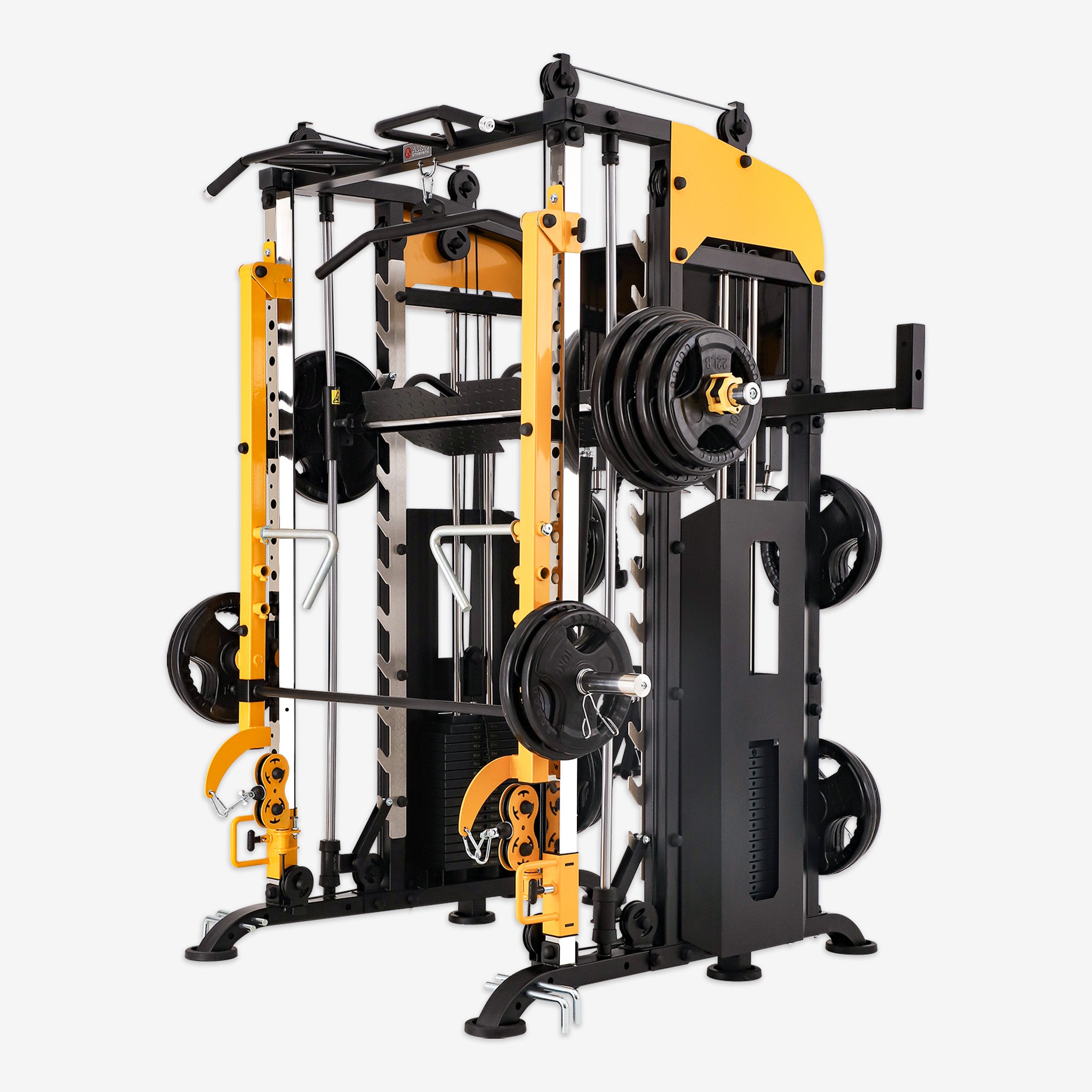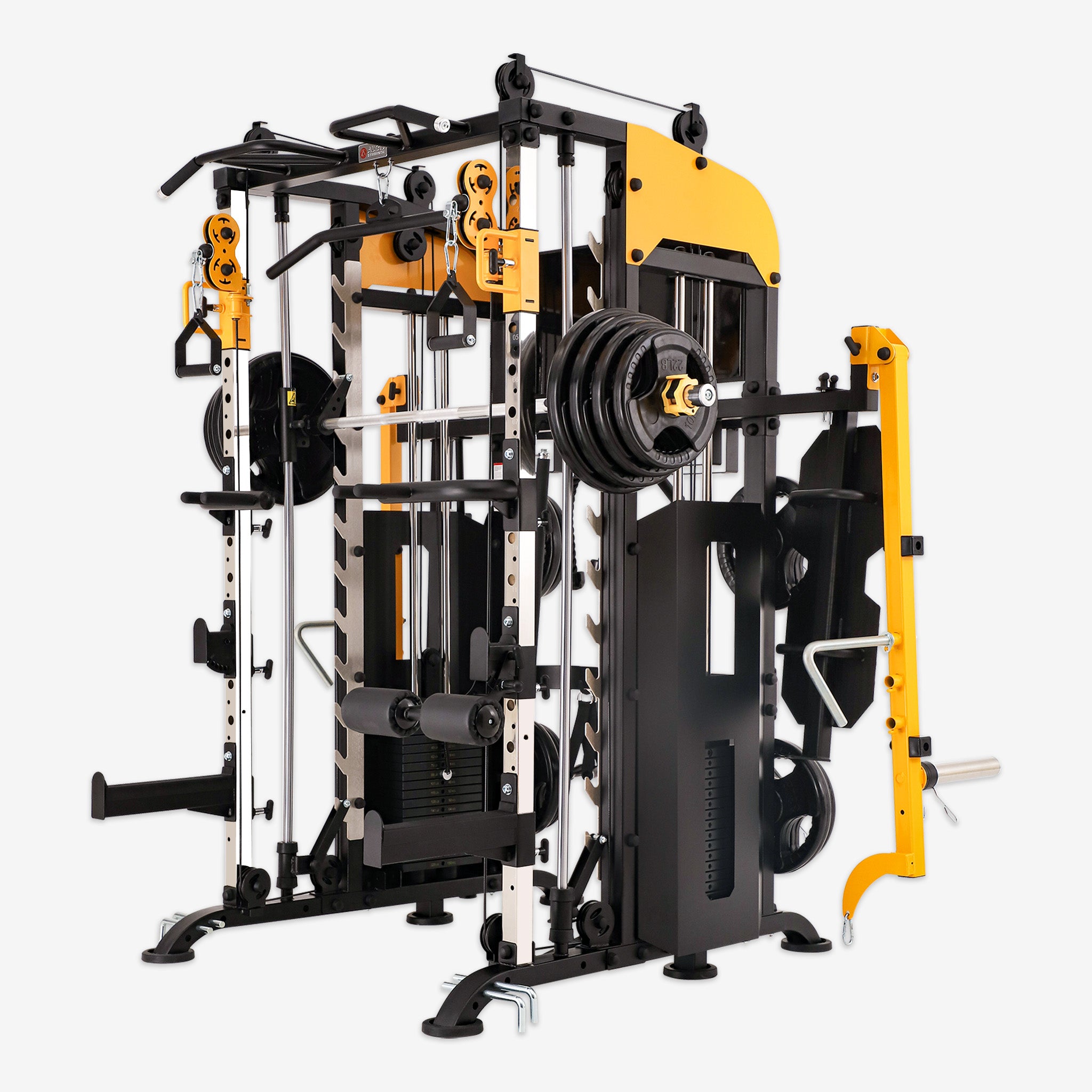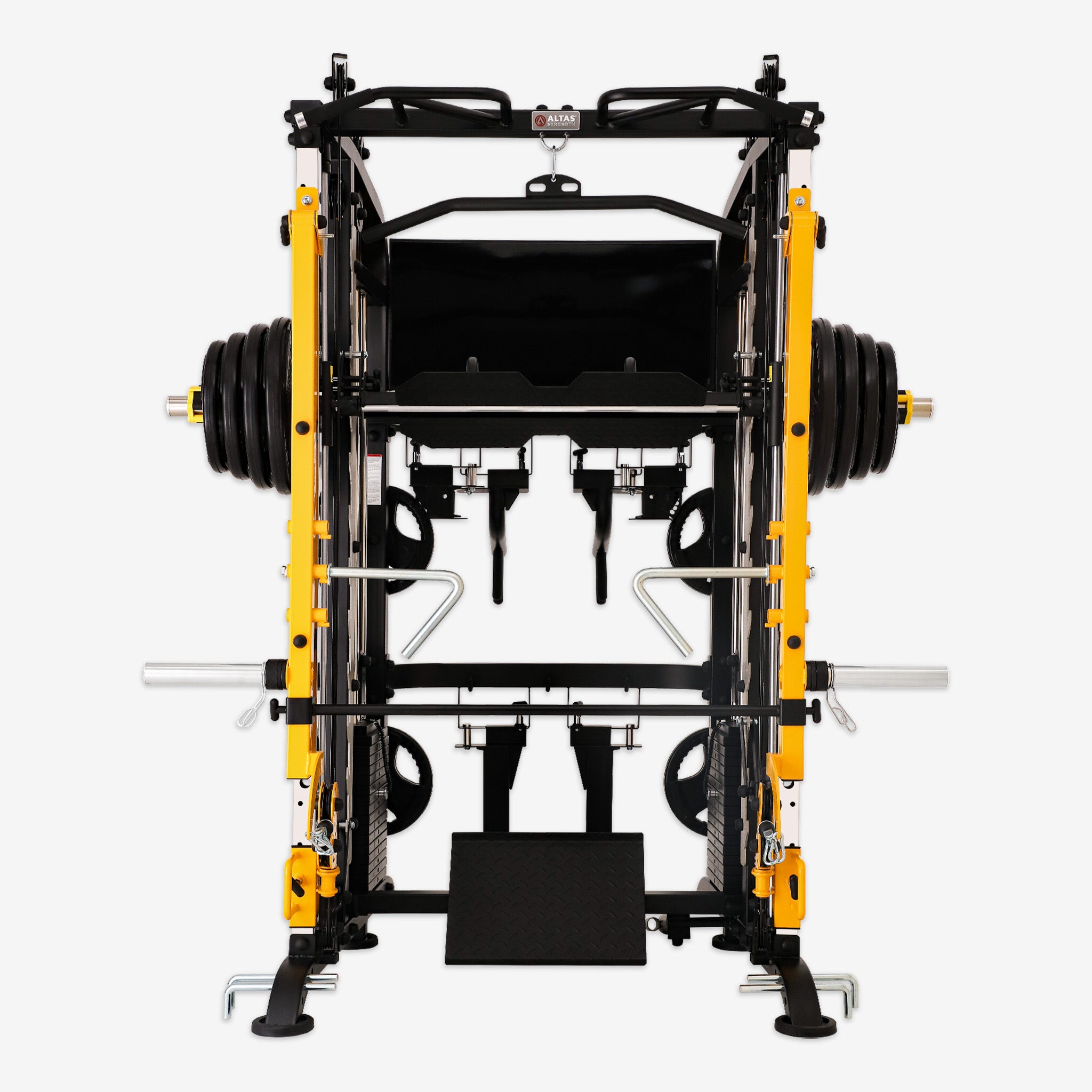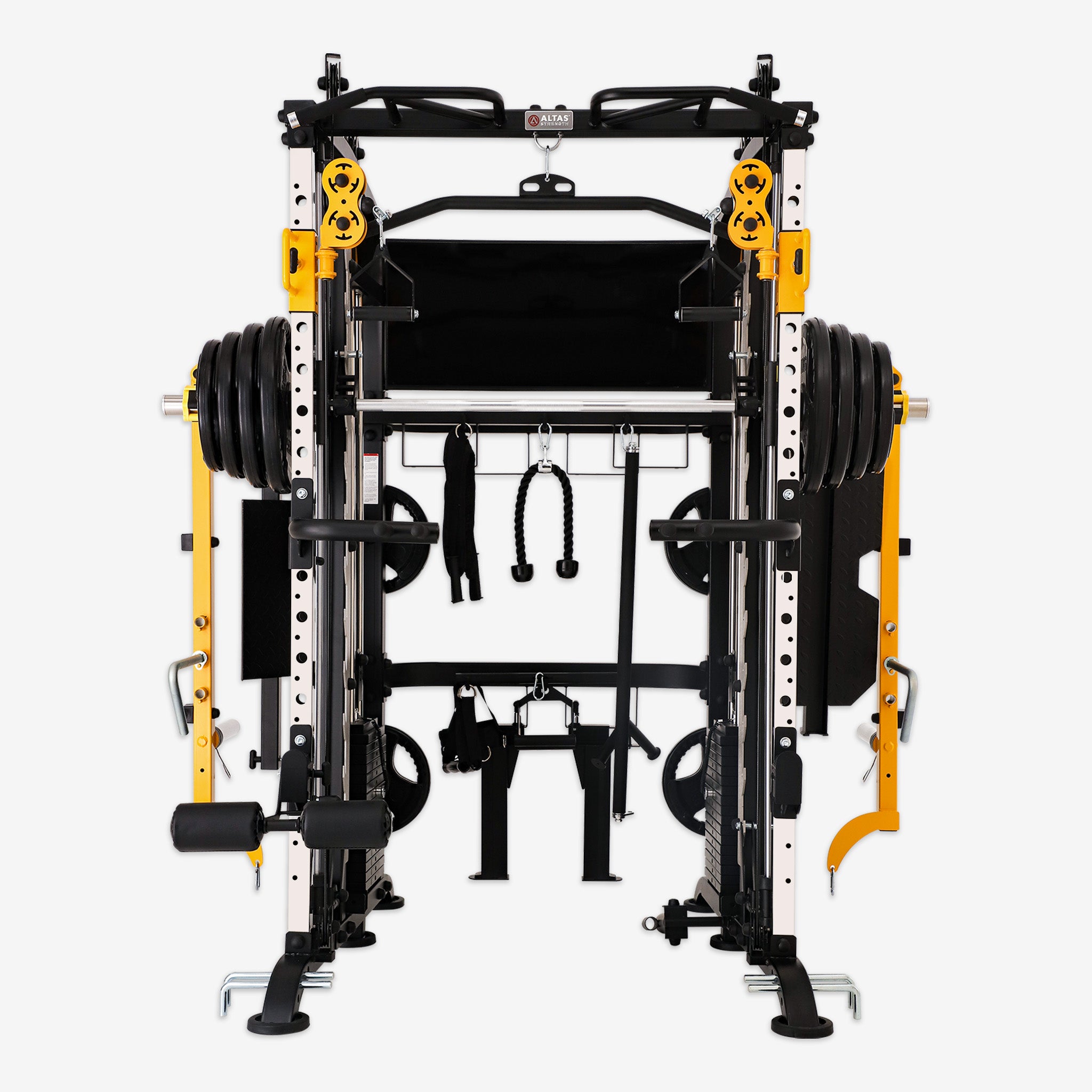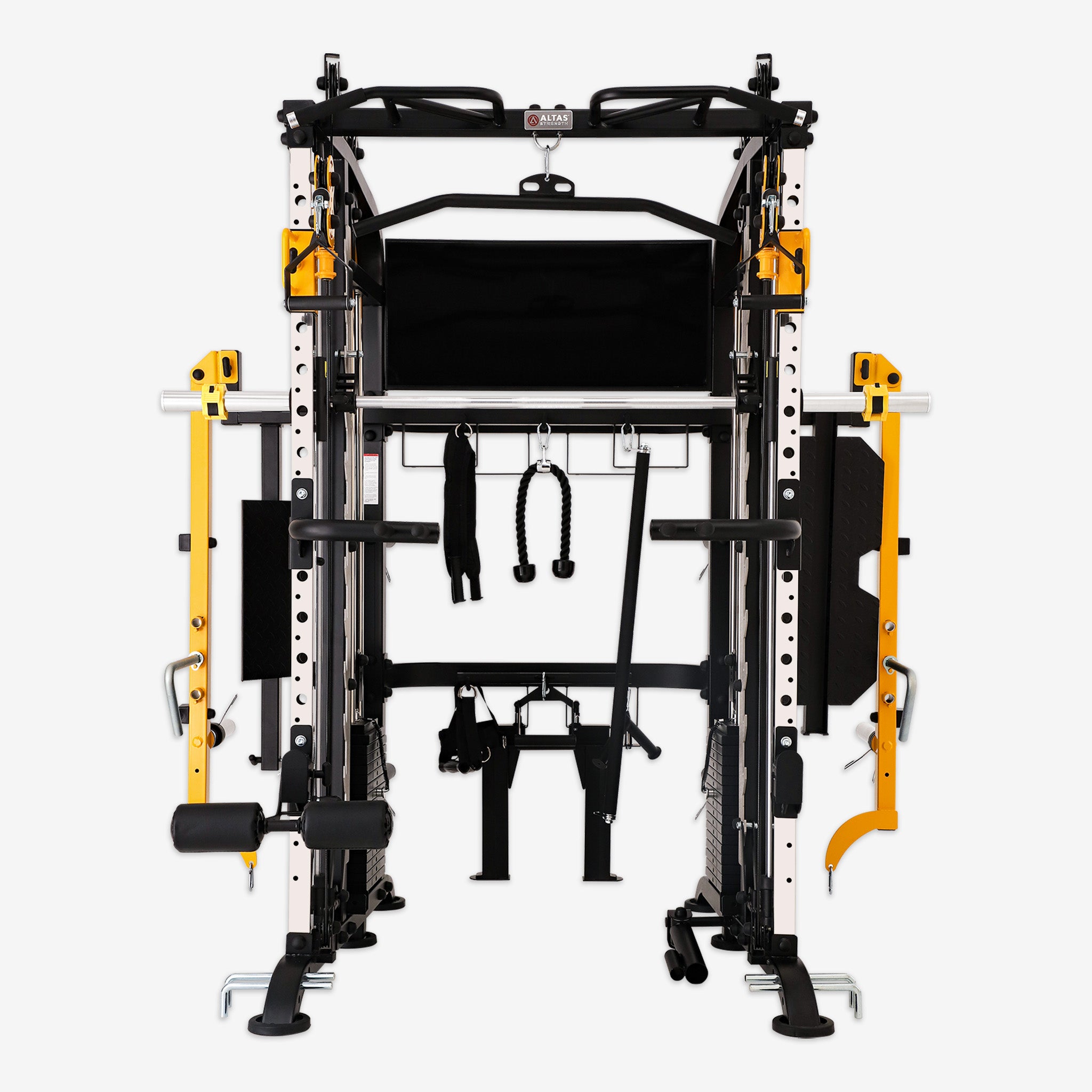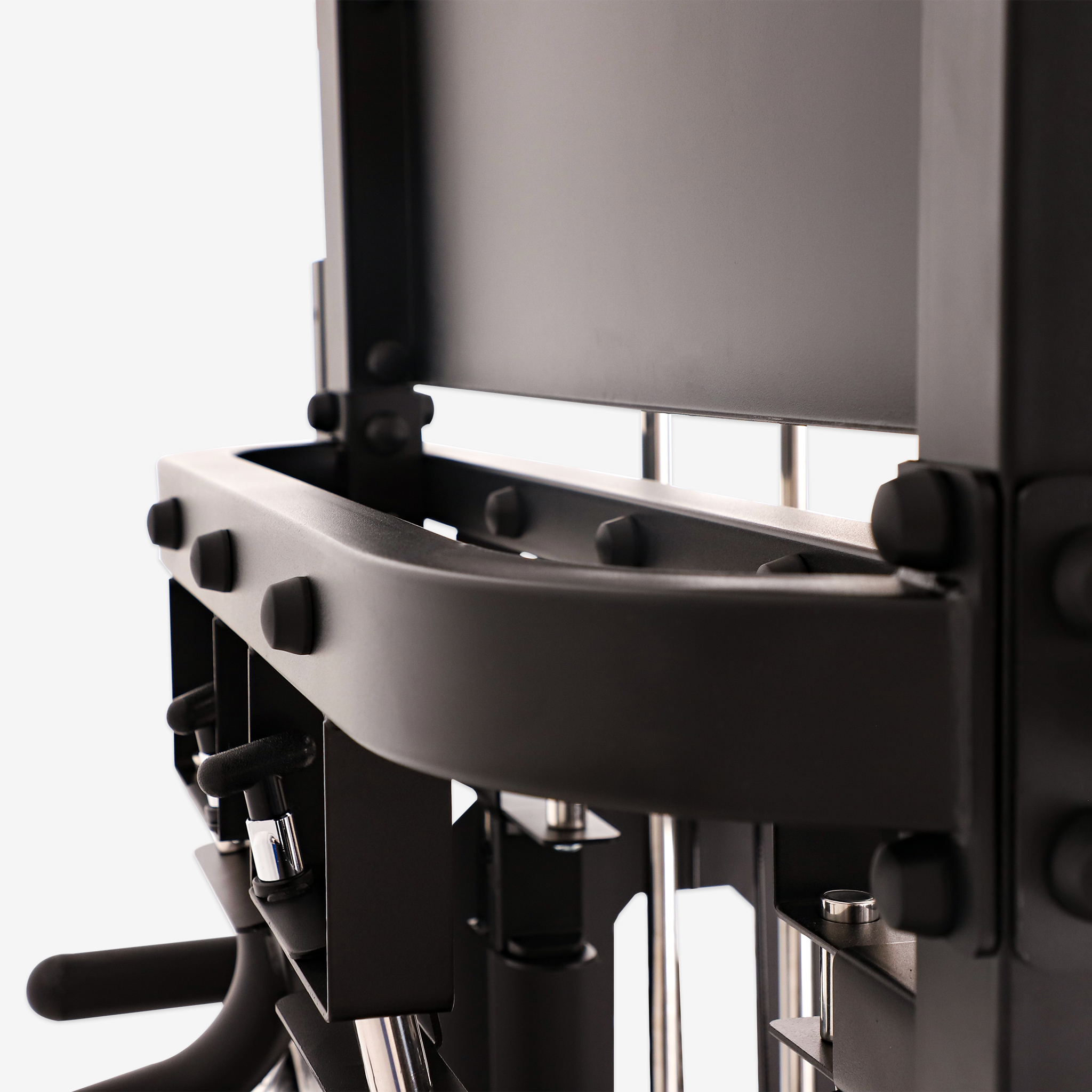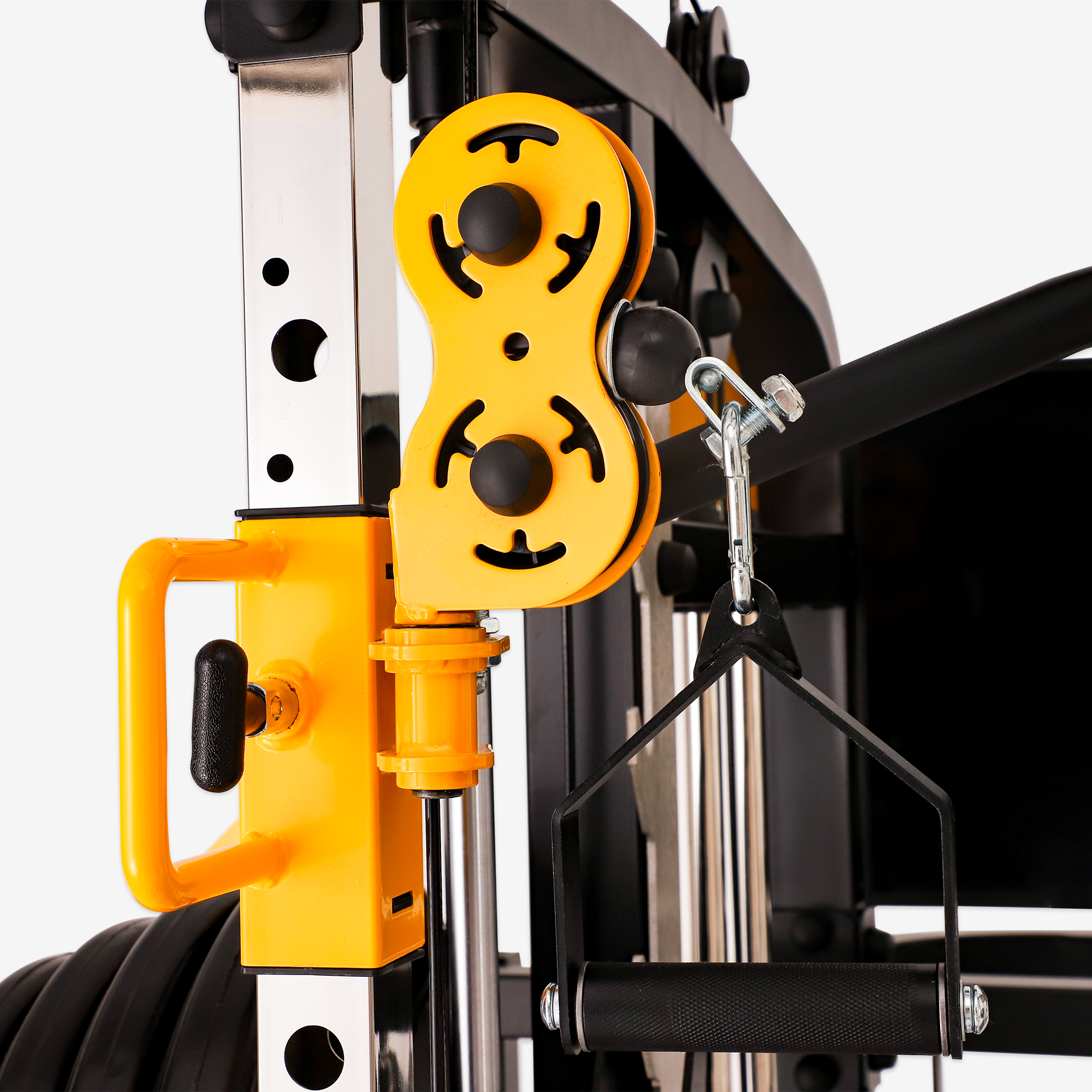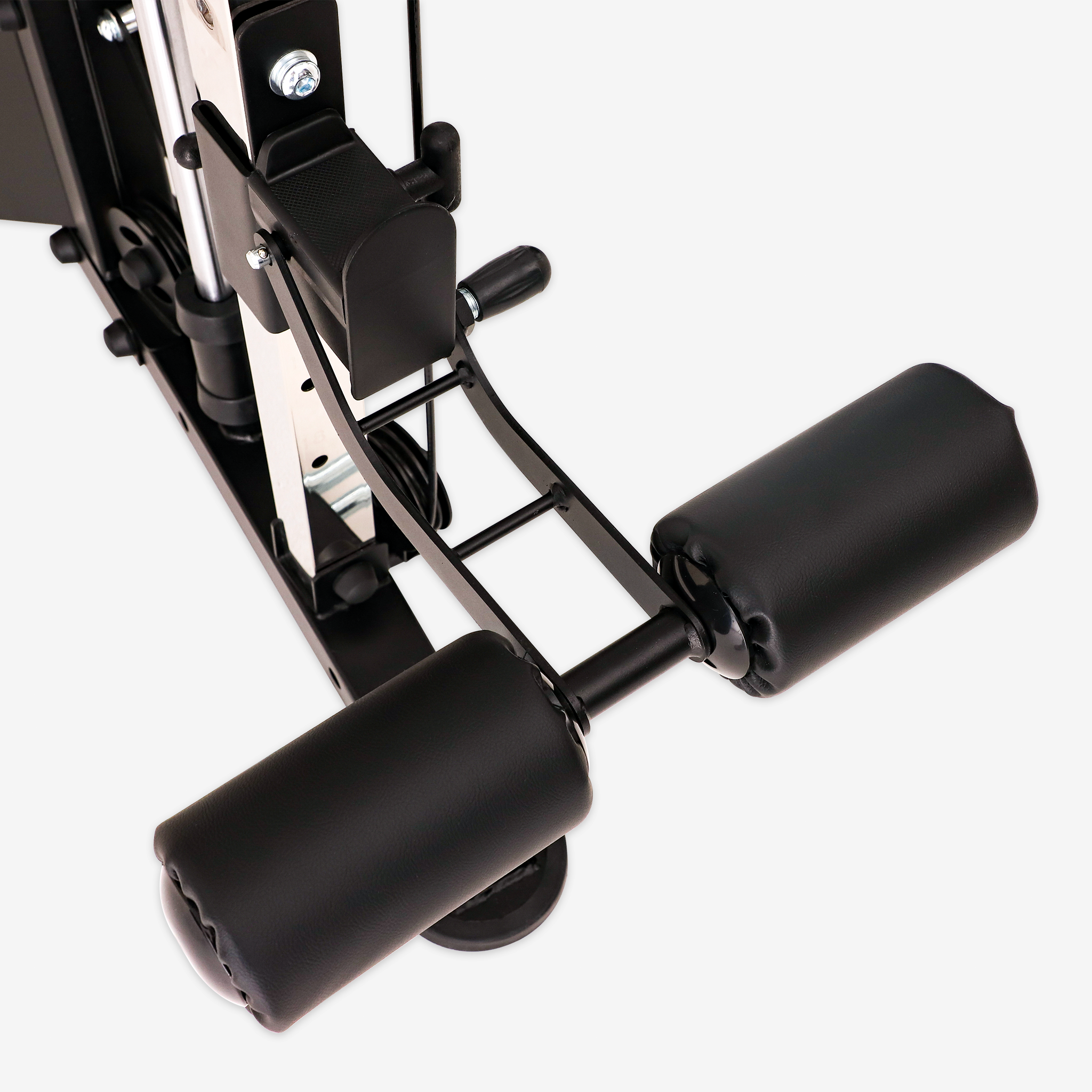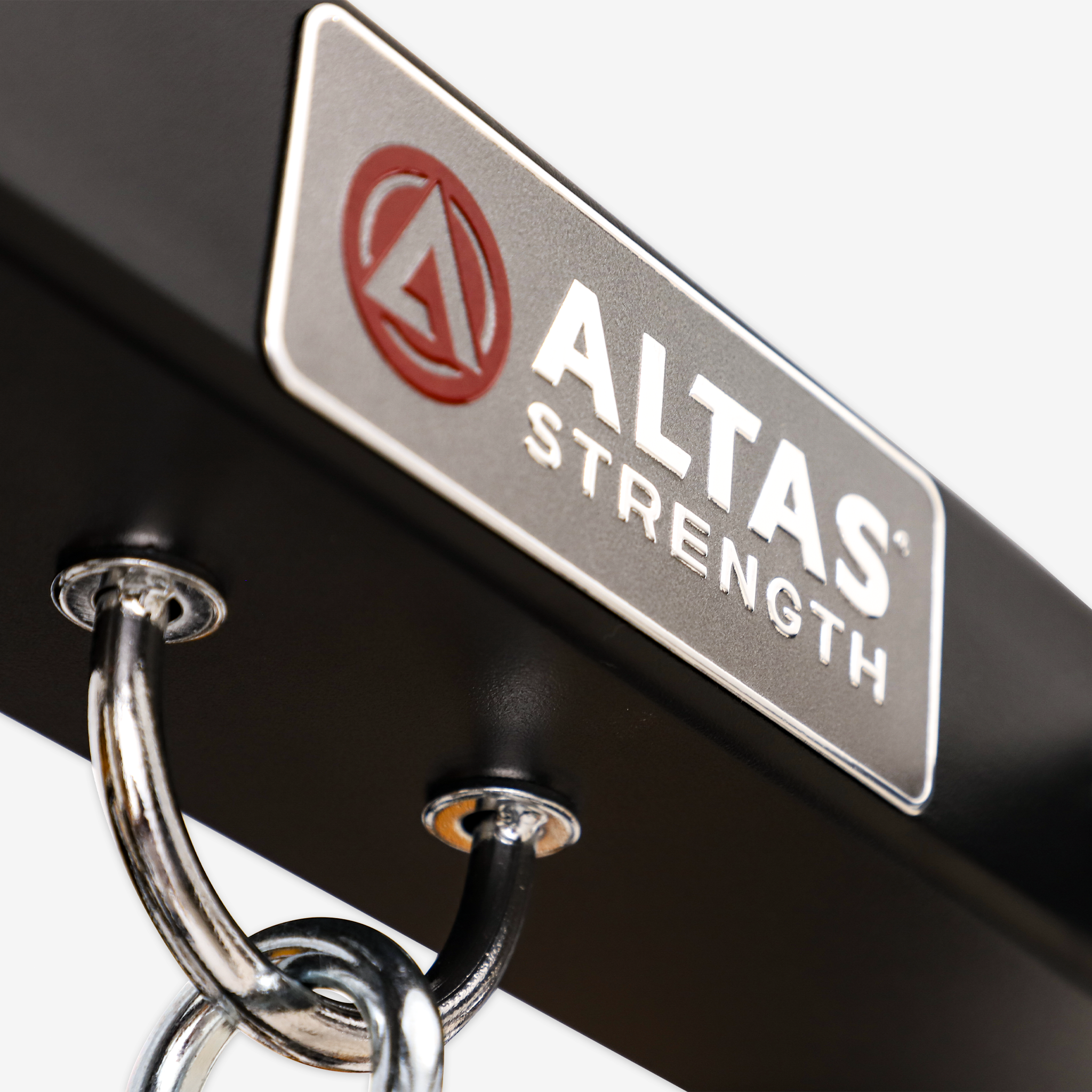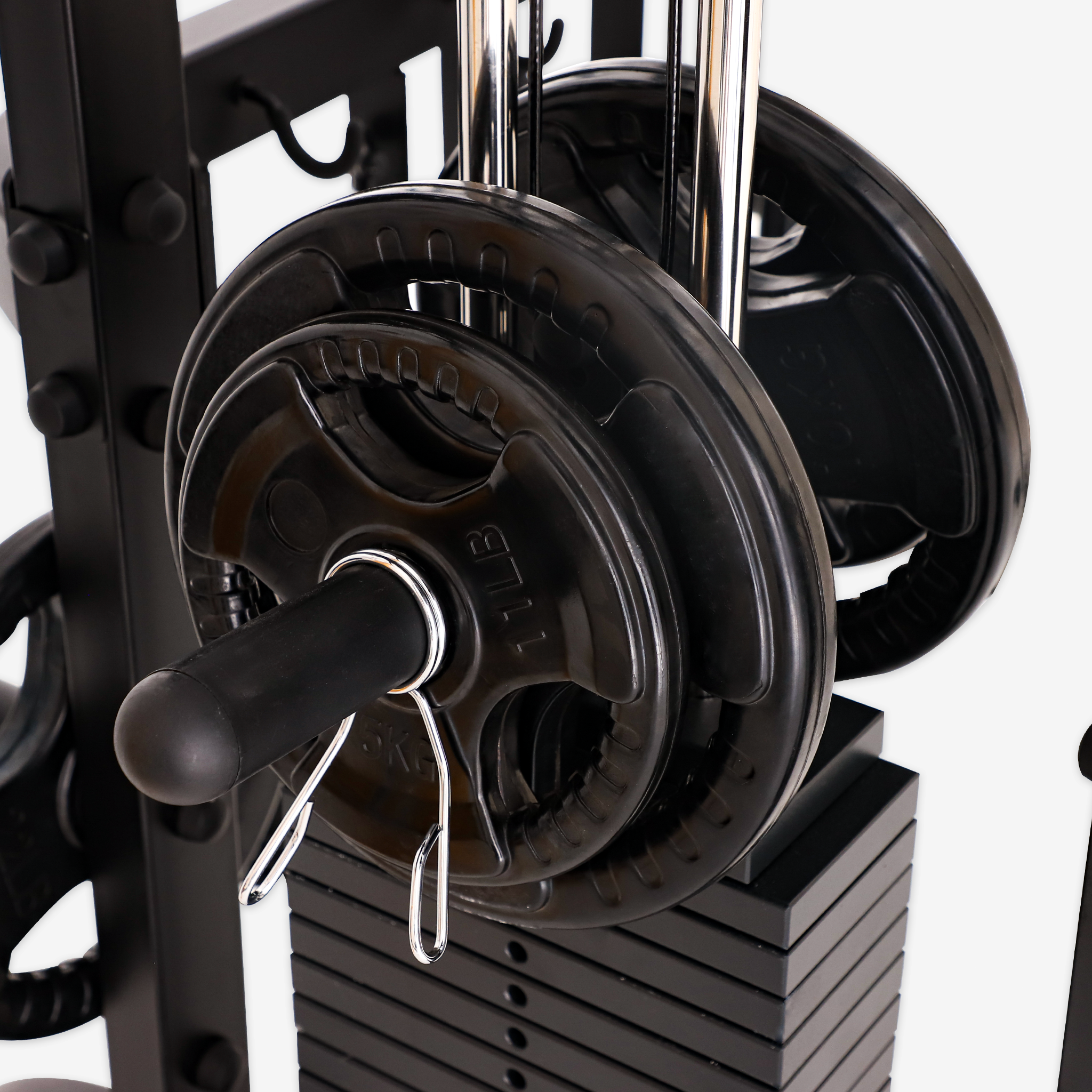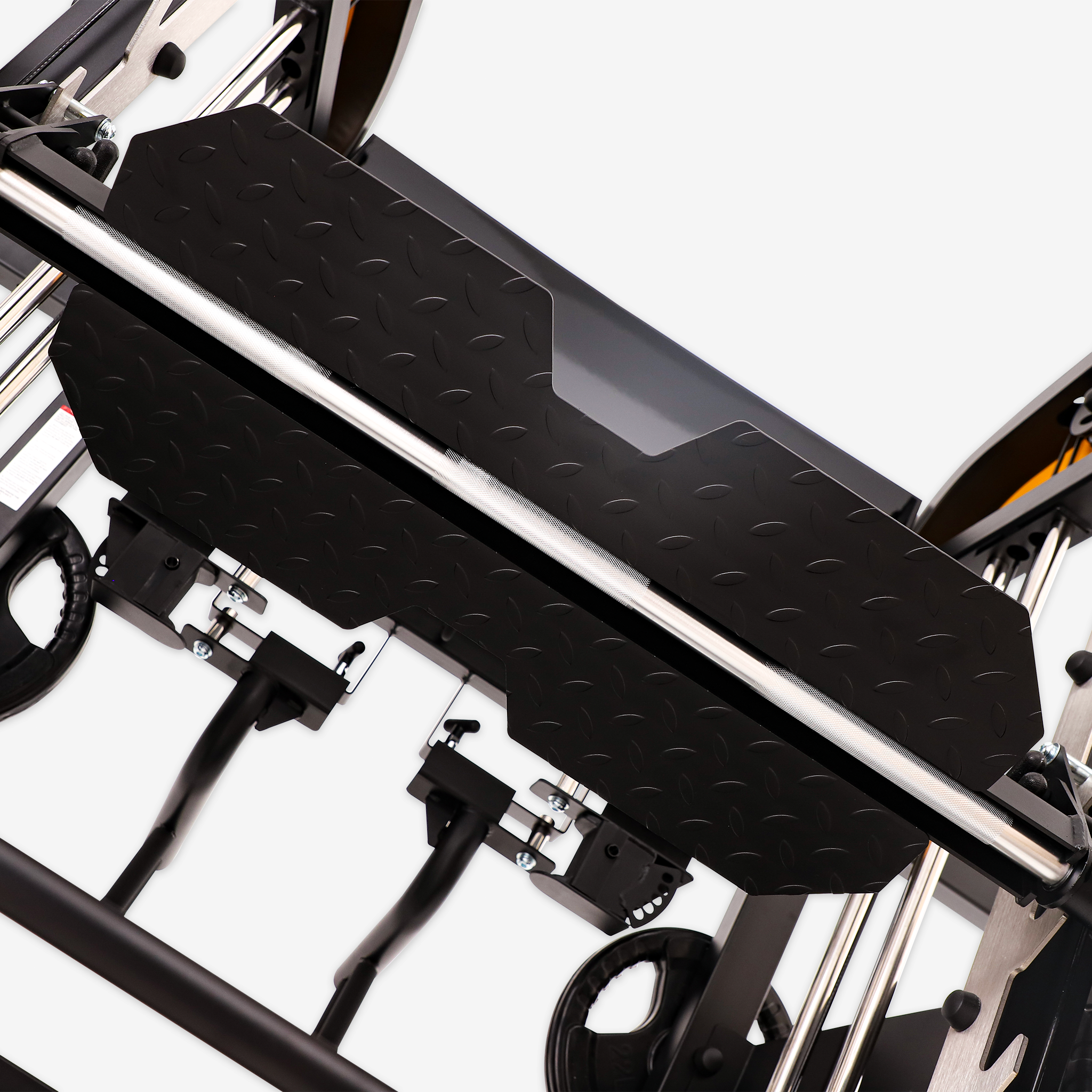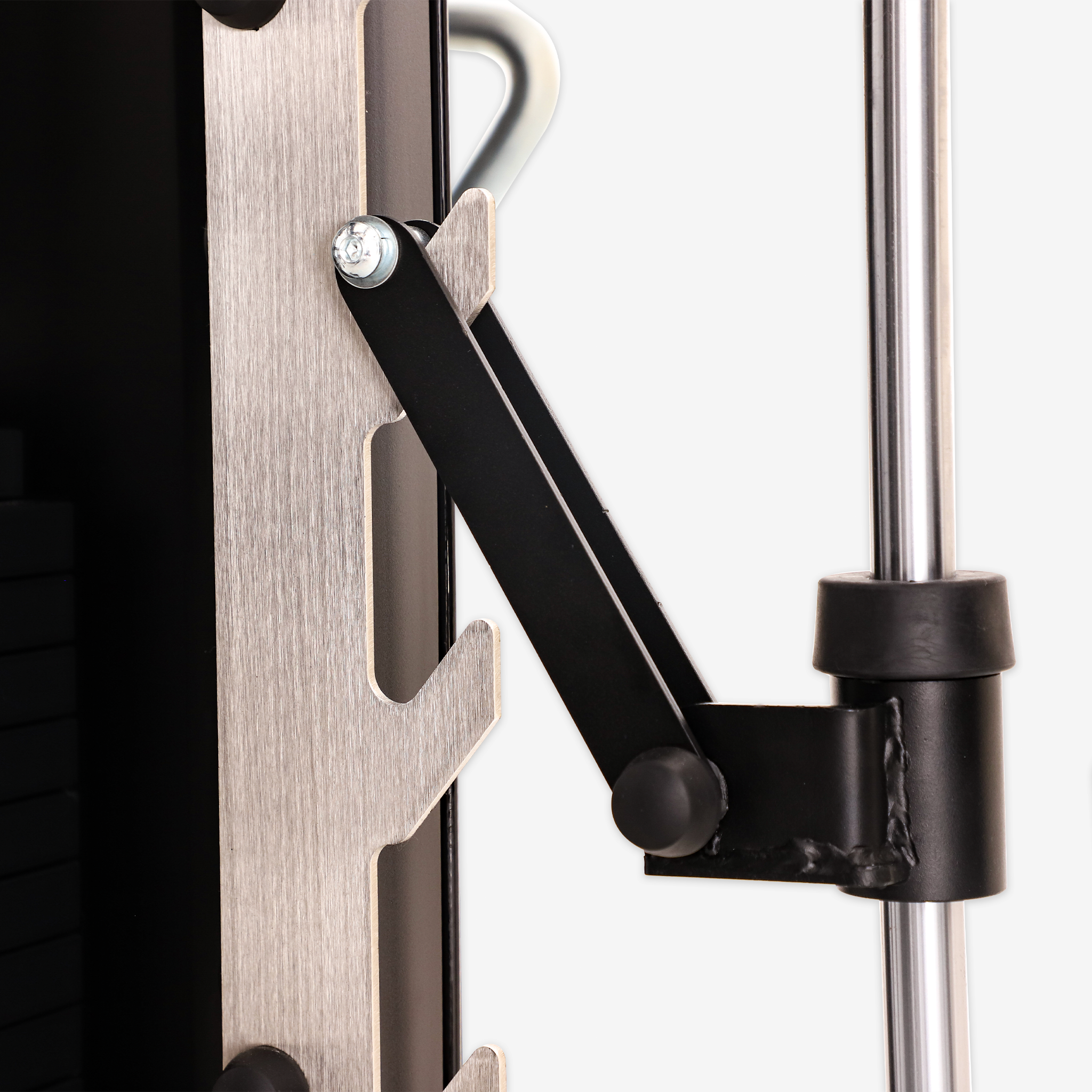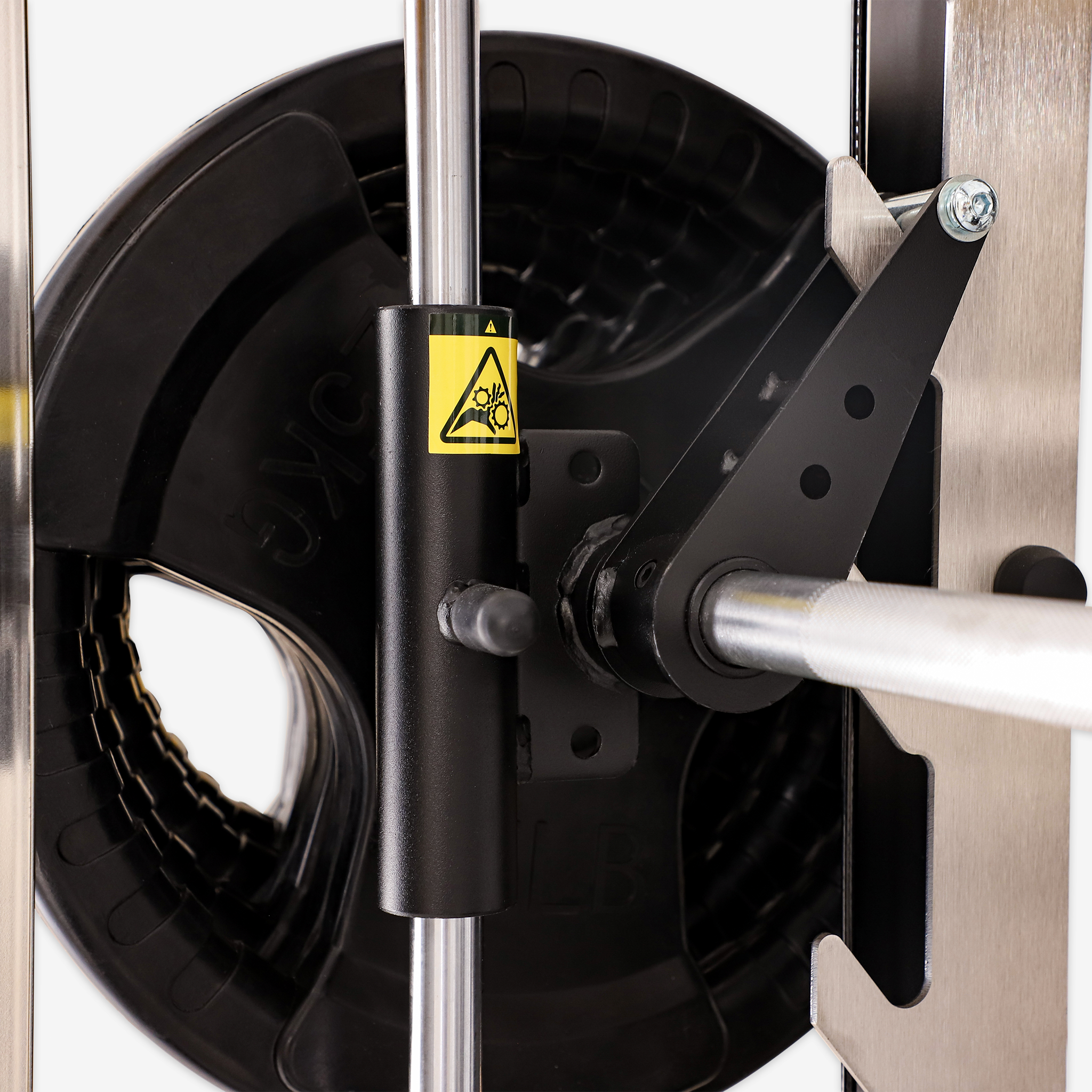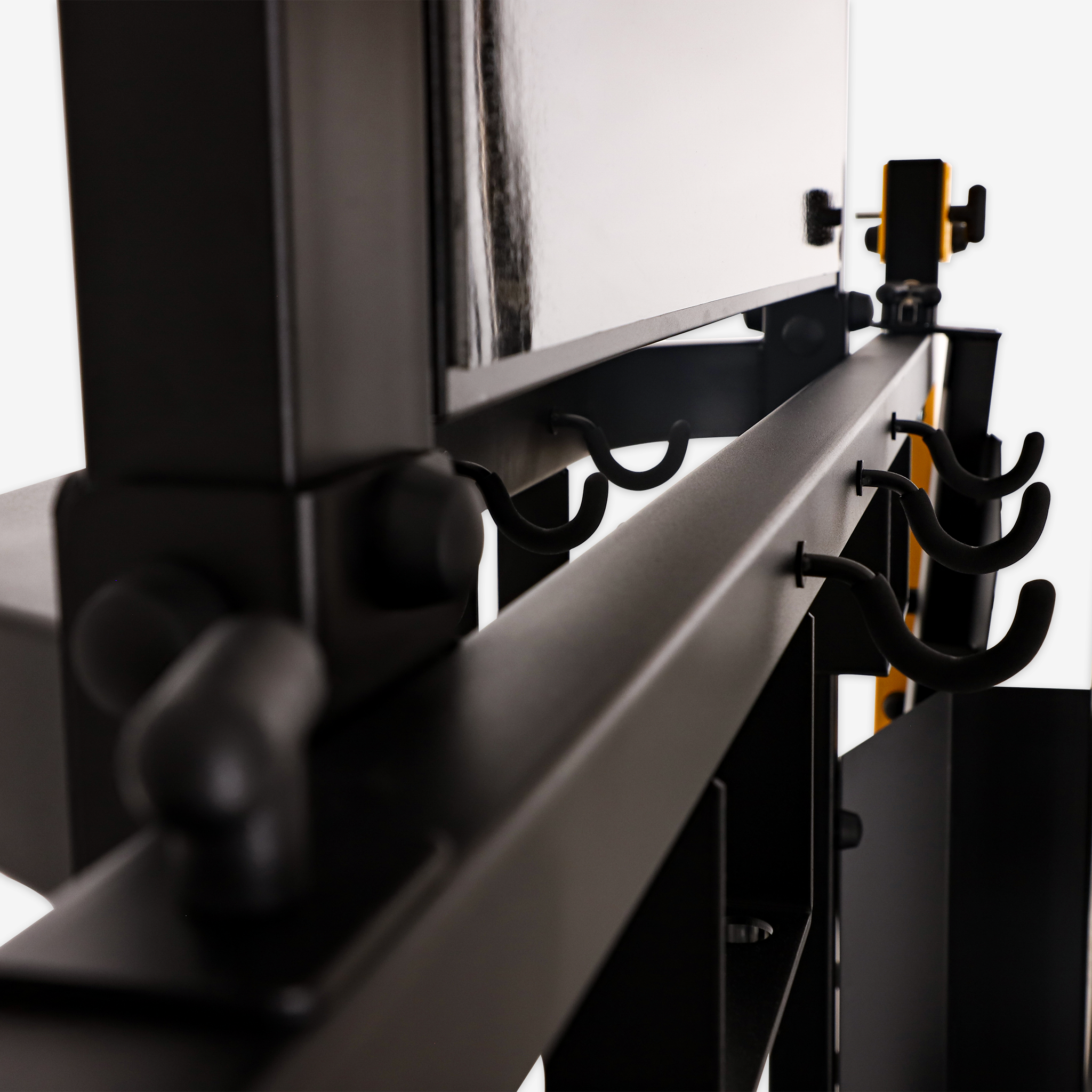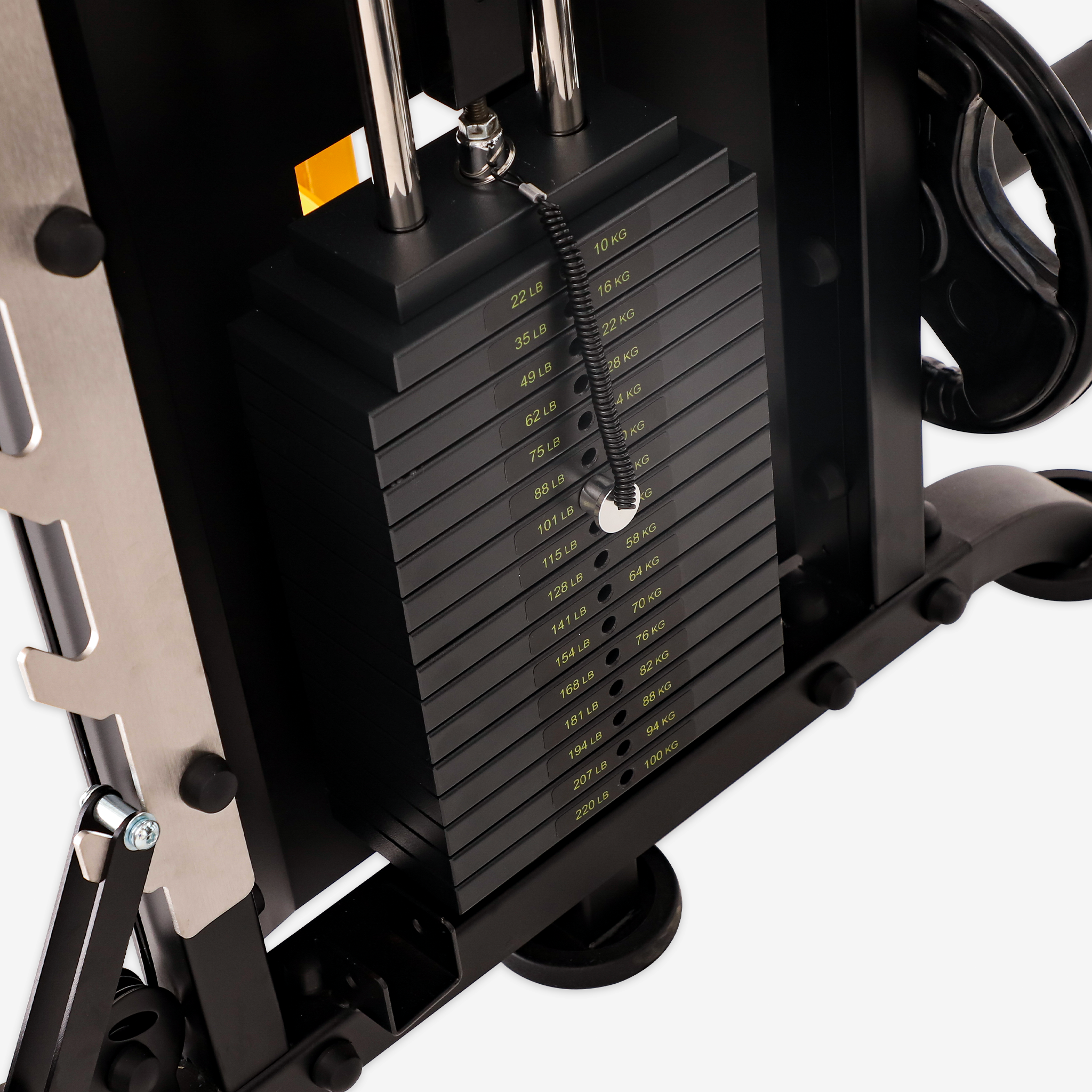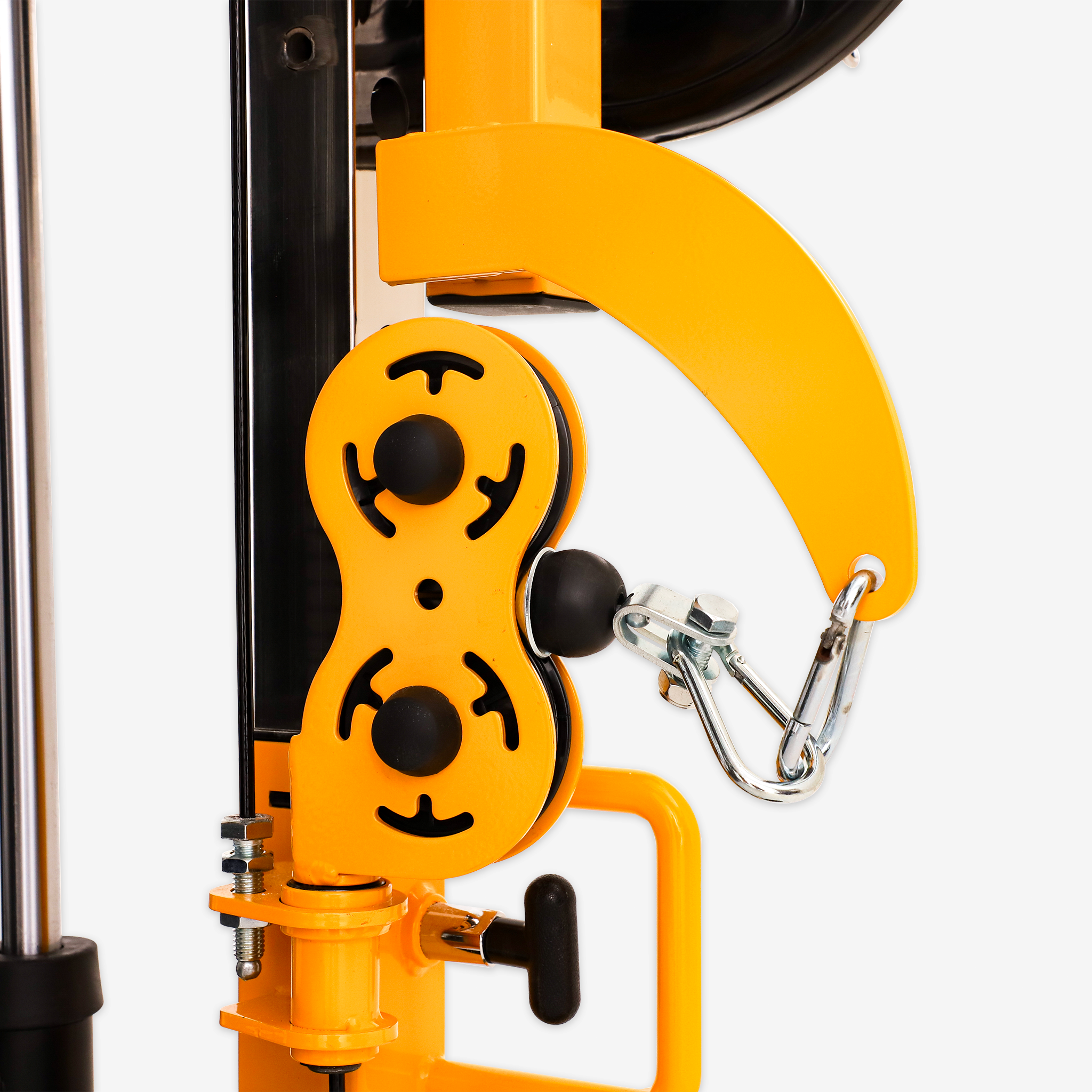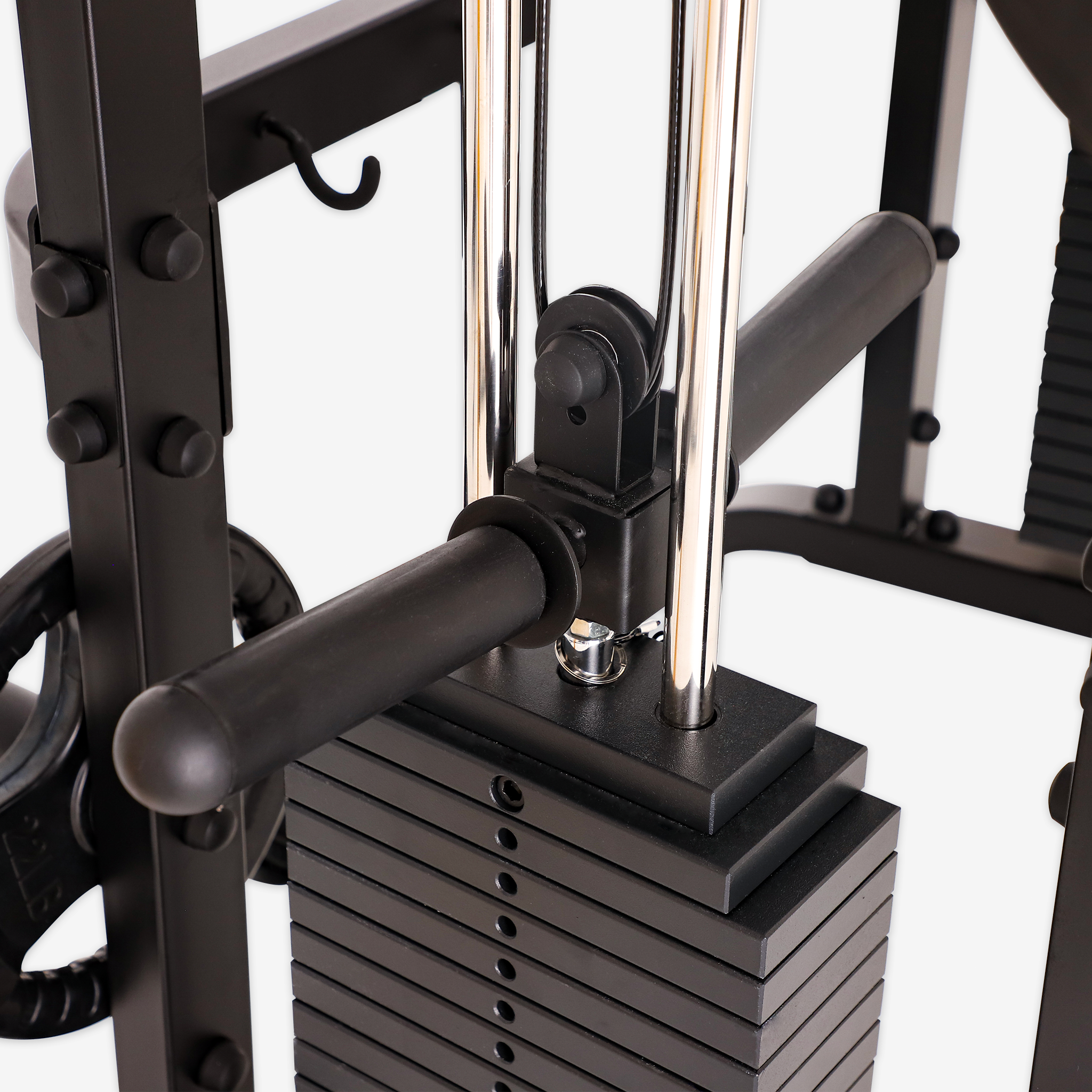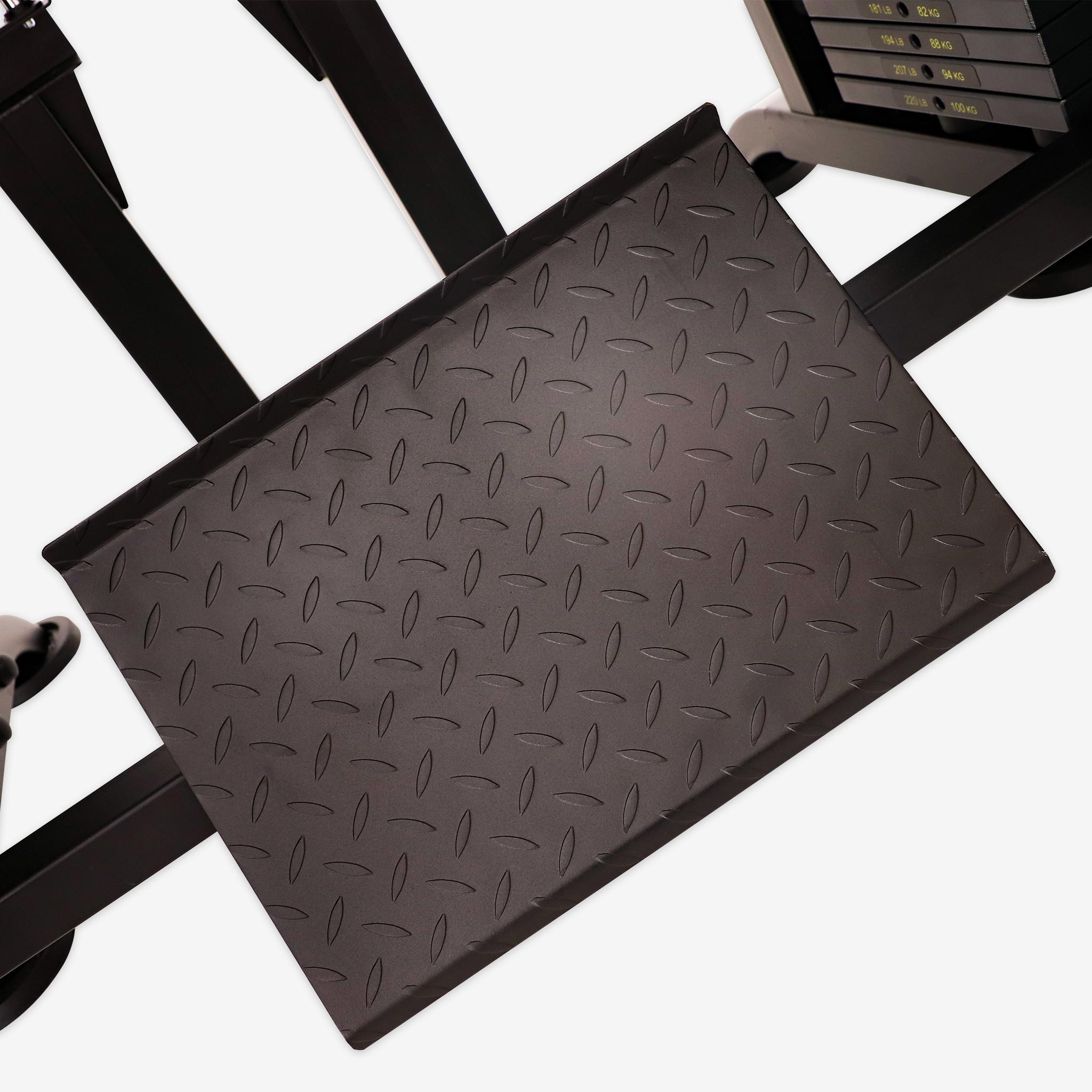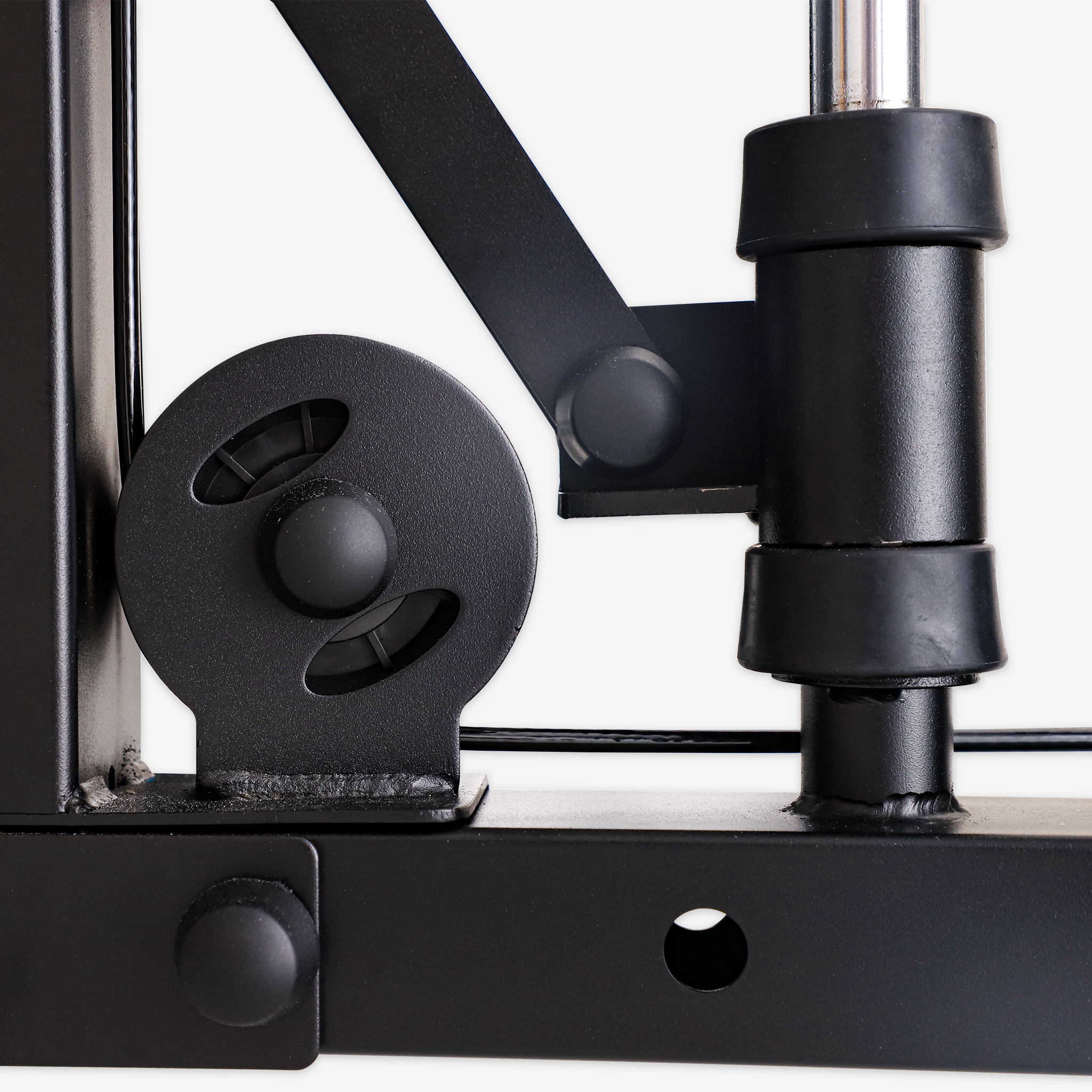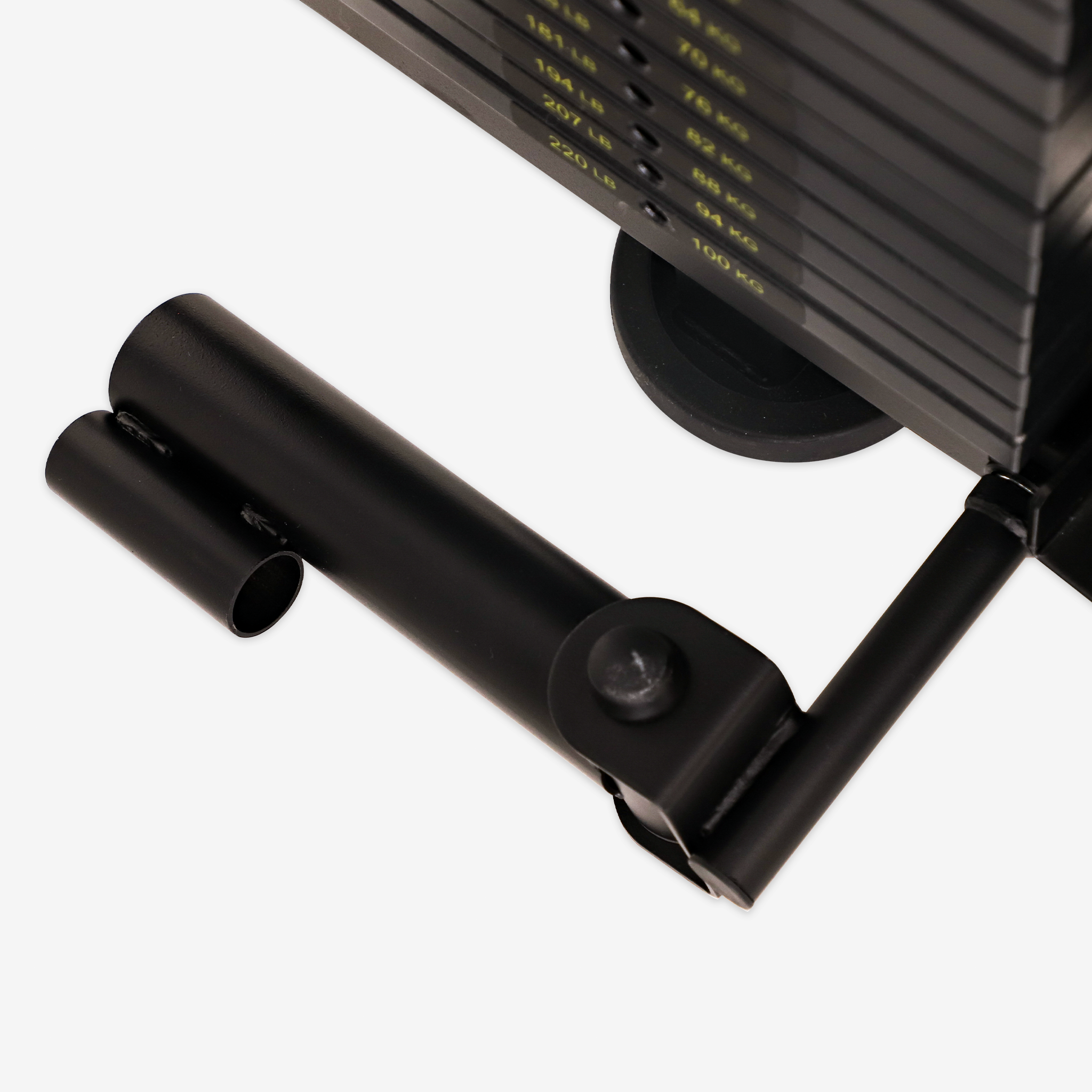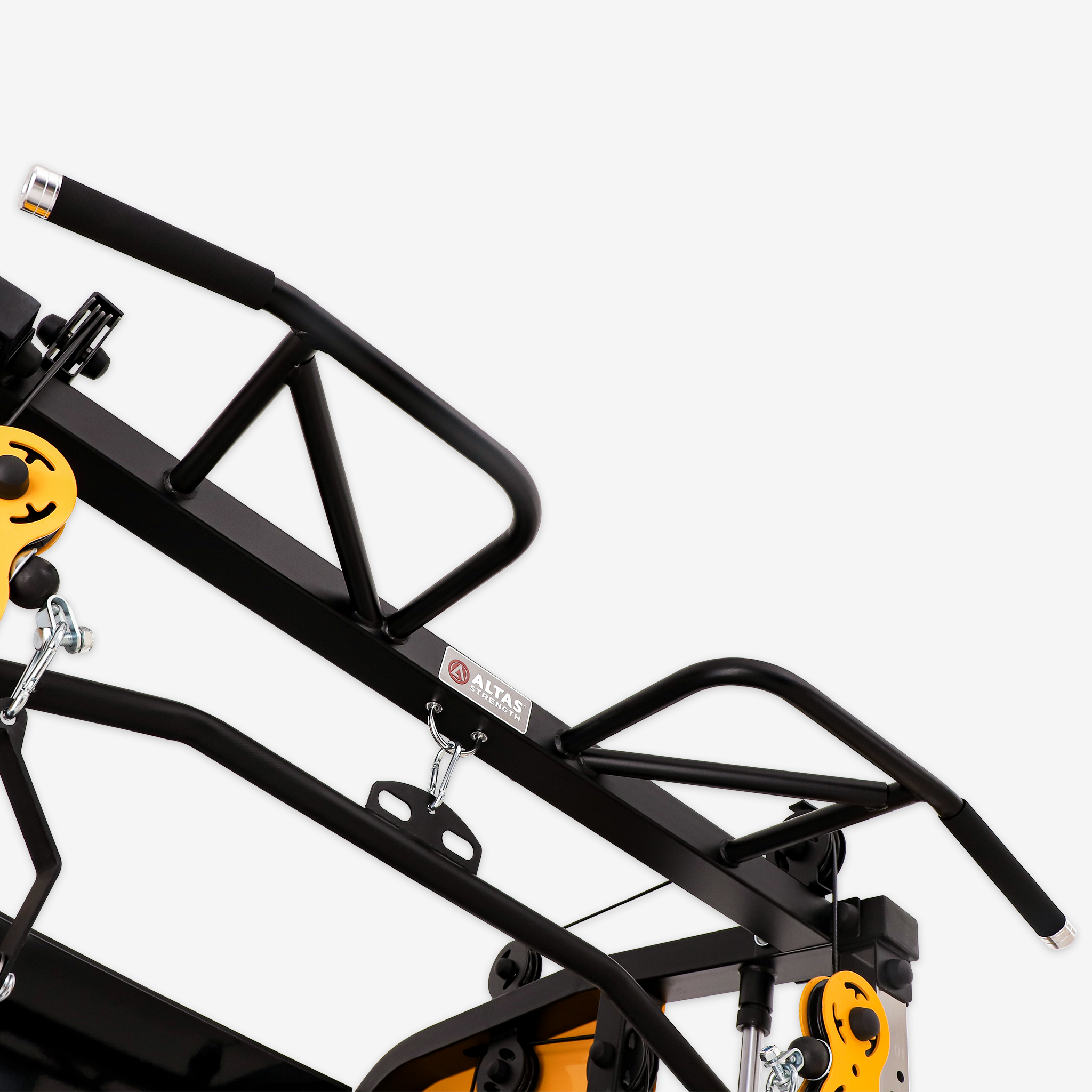When it comes to strength training, two essential tools dominate the scene: dumbbells and barbells. Each offers unique advantages depending on your fitness goals, training environment, and experience level. In this guide, we’ll explore the key differences in terms of strength gains, flexibility, safety, and help you decide which is best for your home gym or training routine.
I. Strength Gains & Weight Capacity
Barbells allow for heavier weight loads, making them ideal for:
-
Compound exercises like squats, bench presses, and deadlifts
-
Muscle hypertrophy through progressive overload
-
Explosive lifts such as cleans and snatches
Because the weight is evenly distributed and the bar is stable, barbells are perfect for building overall strength and mass.
Dumbbells, on the other hand, help improve:
-
Muscle imbalances
-
Unilateral strength
-
Joint stabilization and control
They’re lighter but allow for more range of motion and control—making them perfect for accessory movements like flyes, curls, or rows.
II. Flexibility & Applicability
Dumbbells offer maximum versatility:
-
Freer range of motion
-
Adjustable grip and movement path
-
Suitable for tight spaces or home workouts
This makes them ideal for dynamic training routines or users with limited space.
Barbells excel in stable, high-load training:
-
Better for strength cycles
-
Easier to track progress through consistent loading
-
More controlled movement path (great for form-focused reps)
III. Safety & User Suitability
Dumbbells are generally safer, especially for:
-
Beginners
-
Injury-prone individuals
-
Home users training without a spotter
They’re easier to drop or adjust mid-set, which lowers the injury risk and joint strain.
Barbells, while powerful, demand:
-
Better technique
-
Spotters or safety racks for heavy lifts
-
Greater body awareness
That said, barbells can be perfectly safe and effective with proper form and guidance.
IV. Best of Both Worlds: Combine Them
For optimal results, don’t limit yourself to just one.
💪 Example Routine:
-
Barbell bench press for strength
-
Followed by dumbbell flyes or curls for isolation and symmetry
-
Use dumbbells during recovery phases or as warm-ups
Blending both tools creates a more balanced, effective strength training program.
V. Final Thoughts & Recommendations
| Goal | Recommended Tool |
|---|---|
| Max strength / muscle growth | Barbell |
| Muscle balance / joint health | Dumbbells |
| Beginner / home training | Dumbbells |
| Experienced lifter | Both |
Start with dumbbells if you're new, then gradually integrate barbell training as you build strength and master proper form.
🛒 Ready to Upgrade Your Free Weight Setup?
Shop high-quality barbells, dumbbells, and complete strength systems at AltasStrength.com—built for home gyms and commercial use.

